Back in April, I came across a beginner’s workshop for drawing and painting birds to be hosted at the Indiana Dunes State Park Nature Center. At only 5$ a ticket for a four-hour workshop, I couldn’t resist and I purchased two extra for my MIL and SIL. I wasn’t sure how it could only be five dollars when we would be working with Kristina Knowski, who knew a thing or two about watercolor painting from the examples I had seen. And fortunately for my curious mind, she explained that right out of the gate! DNR got a grant through the Indiana Arts Commission to fund public outreach programs like this one. Cool! But Iphone photos only here:/
These are examples of her work that she brought:
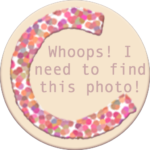
Kristina gave us a short primer on drawing materials and techniques, then illustrated how she would approach drawing an owl. Each of our tables had one or two taxidermic birds – we had a Goldeneye duck. She set us loose to practice on a couple of newsprint sheets as she and the other artist helping, Aaron Melendez, walked around offering help. Getting the basic shapes on paper, proportionately, was the idea. Then the task was to get the right shapes and sizes onto the watercolor paper.

I drew my duck three times before I got it lightly on my watercolor paper:

We had a short break to eat snacks while Kristina then went over the materials and techniques for watercolor paints. For the example, we were all invited up close to watch her layer on washes. I was dreading this part – I do not have a happy history with watercolors. However, I do understand them better now – but I think if anything, I am an acrylics person. In acrylic painting, you paint the background and build up to the foreground. In watercolors, you paint the lights and build up to the darks on top of them. I don’t think well in those terms. And I just think I don’t like painting, though I am sure to try it again before I die.

Then it was our turn. I learned a couple things through the process, namely that my pervious mistakes in the art was simply because I was not waiting for washes to dry before adding another layer. Seems like a no-brainer, but coming from the world of acrylics, which either dry fast or light touches with a brush don’t upset the overall image much, this wasn’t something I had understood. So, had we been given more time, I wouldn’t have felt rushed to wash the entire bird, but instead could focus on each portion until it was right (that is a technique I think my SIL did, and her duck head turned out great!). I felt very rushed, and instead of focusing on learning the process, I was too focused on “finishing” the image. Doh! (I also attempted to force it into an acrylic painting, ha!) I was frustrated that I couldn’t add washes yet because it was too wet, but that the clock was ticking. A simple refocus of learning technique rather than finishing a bird would have fixed that frustration in a heart beat! It is weird to me that I looked toward the end rather than the journey, as usually it is all about learning for me. Oh well. And if you look closely, you may see I forgot to leave the white spot on the cheek. But no worries – I googled the bird to learn more about it later and apparently some don’t show the spot so it isn’t such a terrible mistake after all!

My sister-in-law is artsy too and hers really captured the the watercolor vibe (she also got to look at it head-on so it has a different perspective):

My mother-in-law went into thinking only of failure, but honestly I like it more than mine though SIL teases that she copied off of me:

At the end, Aaron cut our papers off the boards and we were sent home with our souvenirs and some extra knowledge about birds and watercolor painting. For five dollars, I’d do it again in a heart beat! Thanks to Kristina, Aaron, DNR, and IAC!

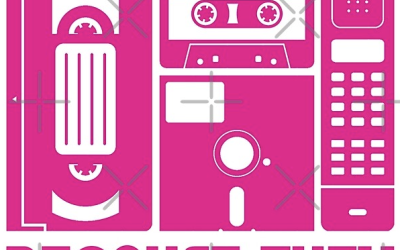
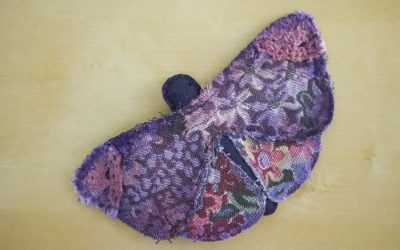
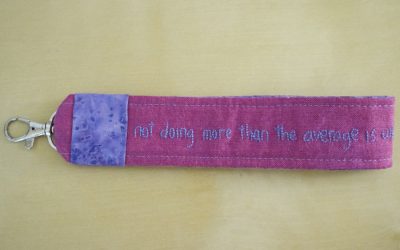
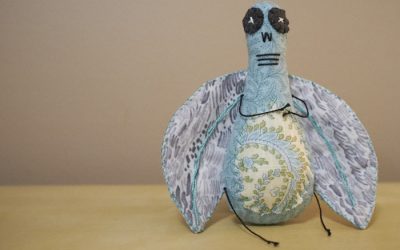
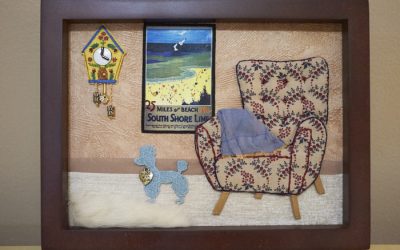
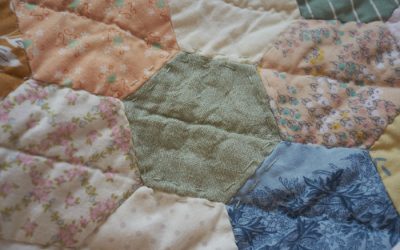
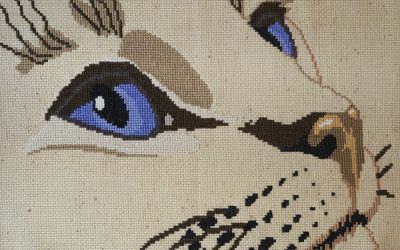
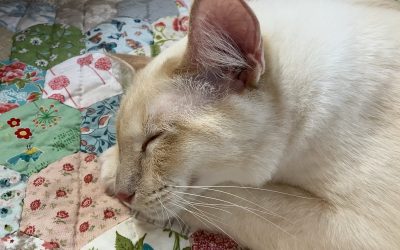
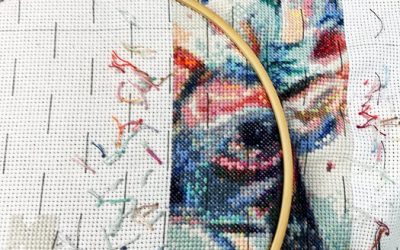
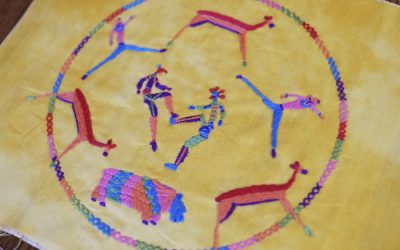
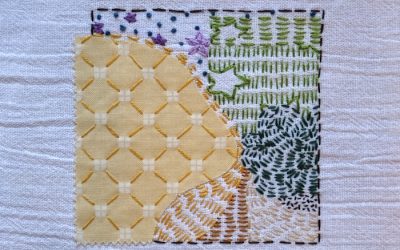
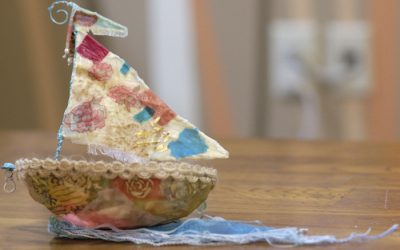
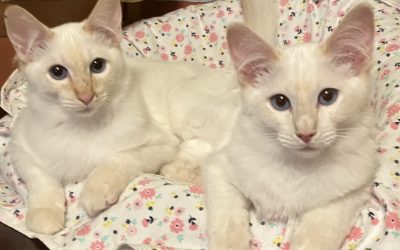
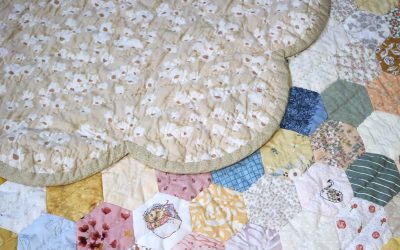
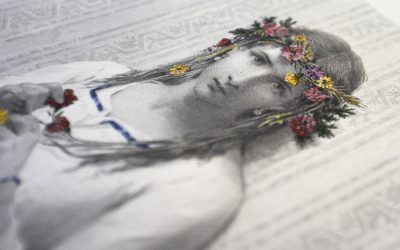
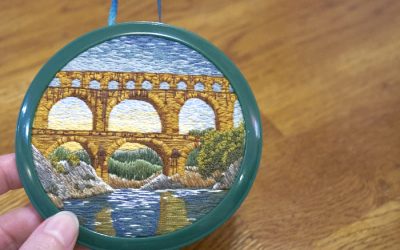
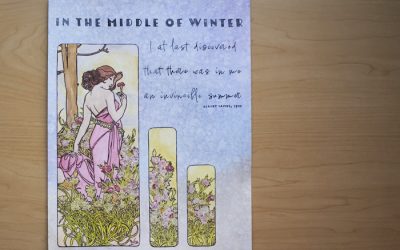
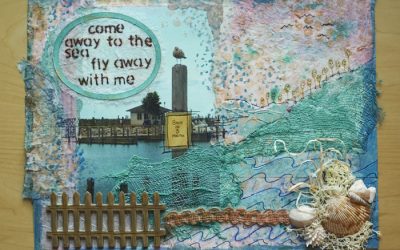
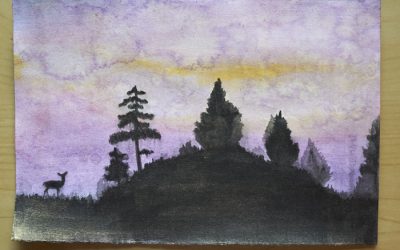

0 Comments